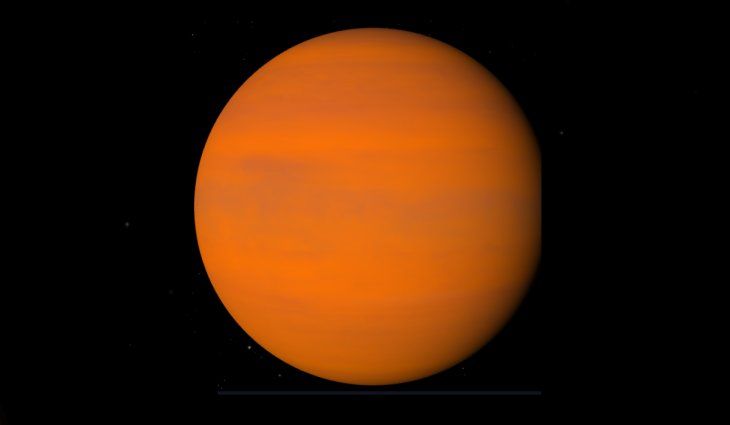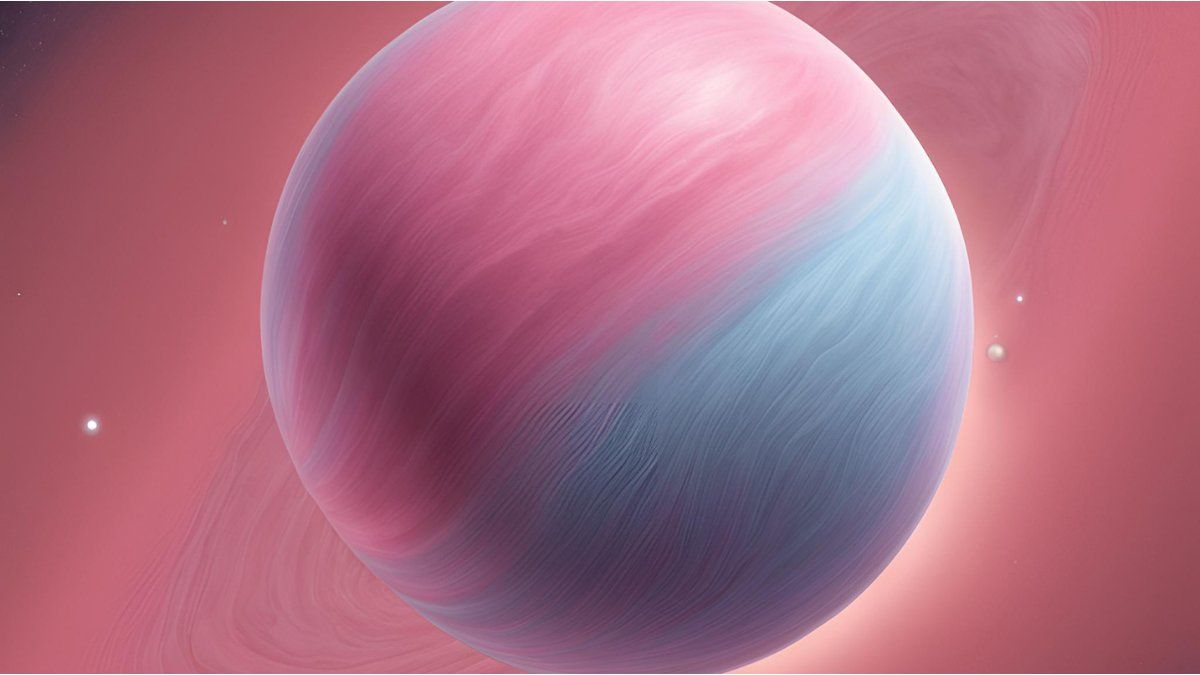The exoplanet WASP-193 b is considered an “oddball” by planetary scientists. Its cotton candy-like low density and large size are a phenomenon that will be studied using the James Webb Space Telescope.
A planet 50% bigger than Jupiterof an extremely low density and light as the cotton candywas discovered and puzzled to the scientific community, as reported by The Wall Street Journal.
The content you want to access is exclusive for subscribers.
It is about WASP-193 b, a “weirdo” among the exoplanetsthat is, those planets that orbit stars outside our solar system, as reported Julien de Witplanetary scientist at the Massachusetts Institute of Technology (MIT).


WASP-193 b and is listed as one of the most important exoplanets Strangers of which there are records, whose discovery was by a team of specialists from the University of Liège led by the astronomer Khalid Barkaoui.
exoplanet WASP-193 by Jupiter.png

WASP-193 b is 50% larger than the planet Jupiter.
POT
He find It was carried out after the analysis carried out by scientists, of data obtained in a observatory in South Africaand that aroused their curiosity about the density of this cotton candy-like exoplanet.
The striking and extraordinary thing is that despite its dimensions, it is a fairly small exoplanet. light and 20 times less dense than Jupiterthe largest gas giant in our solar system, and even 50% larger in size. Its density is from 0.059 grams per cubic centimeter, while that of fresh water is around 0.05 grams per cubic centimeter.
The most of 5,000 exoplanets discovered are a freak that captures the attention of the POT who is particularly interested in studying WASP-193 b because of its unusual characteristics. The researchers plan to analyze and observe it through the James Webb Space Telescope.
exoplanet WASP-193 b.png

The density of this exoplanet is 0.059 grams per cubic centimeter.
“The Webb is the best observatory that we currently have to study planets in greater detail,” he said. Khalid Barkaouiresearcher at the University of Liège. The main objective is to achieve through the telescope, to be able to identify the molecules present in the atmosphere of this exoplanet to obtain a clearer picture of its evolution.
Through the study of exoplanets, specifically the WASP-193 bscientists not only aim to better study these inflated worlds, but also the riddles that hide their low density. In order to resolve these issues, more will be needed data, analysis and the implementation of telescopes and techniques advanced observation.
Source: Ambito




